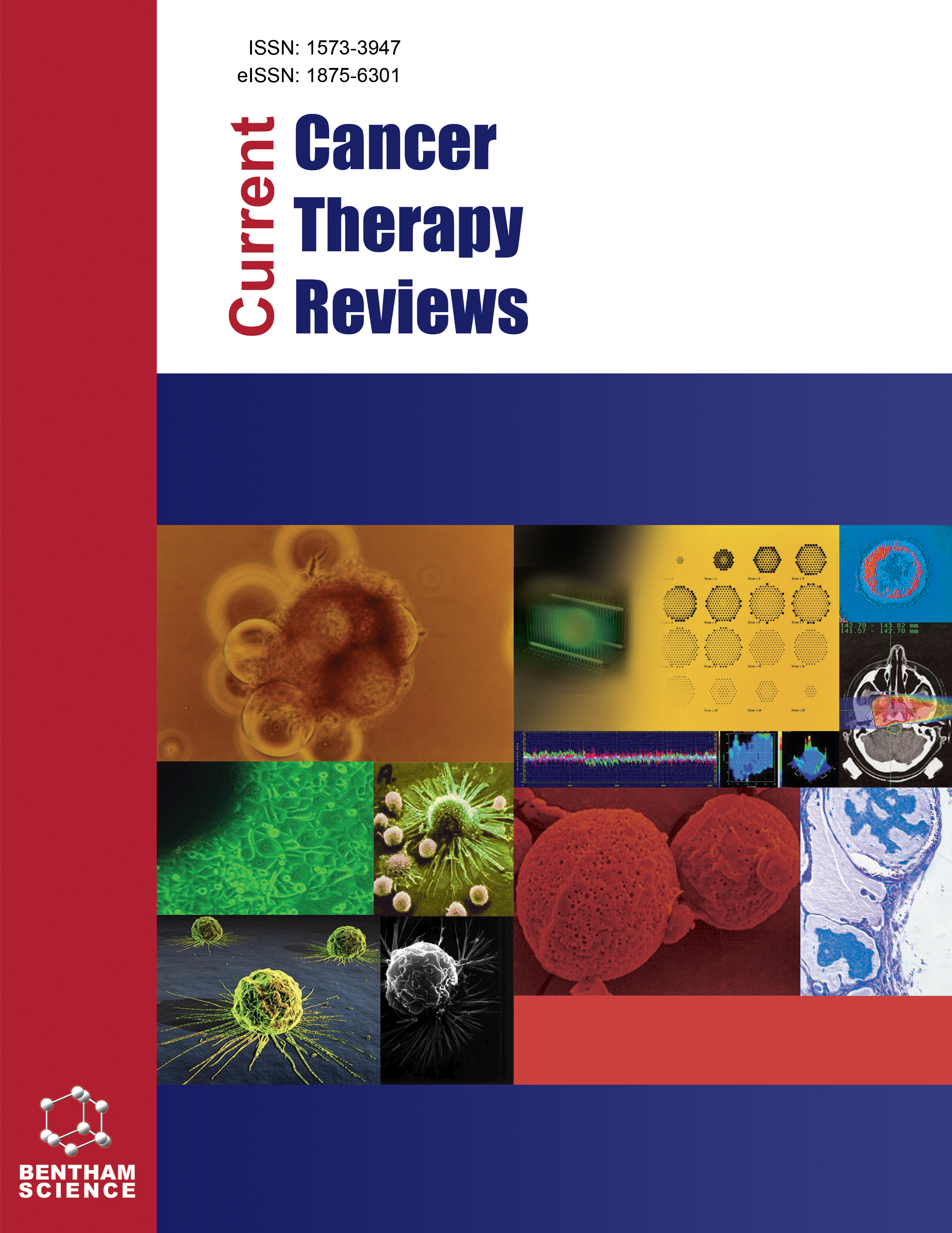
Full text loading...
We use cookies to track usage and preferences.I Understand
Chemotherapy resistance often occurs in the conventional treatment with AML and results in poor cure rates. CKI was found to have a good therapeutic effect when it was combined with other chemotherapy drugs in the clinical treatment of AML. However, the underlying mechanism is unclear. Therefore, this study aims to preliminarily describe the pharmacological activity and mechanism of CKI through comprehensive network pharmacology methods.
This study aimed to explore the possible mechanism of Compound Kushen Injection (CKI) in the treatment of acute myeloid leukemia (AML) by using network pharmacology, molecular docking, and molecular dynamics techniques.
Active compounds of CKI were identified based on the Traditional Chinese Medicine Systems Pharmacy (TCMSP) database, and the related targets of the active compounds were predicted using Swiss Target Prediction; AML-related targets from Gene Cards and Online Mendelian Inheritance in Man (OMIM) were collected. Protein-protein interaction (PPI) network was constructed, and its mechanism was predicted through Gene Ontology (GO) analysis and Kyoto Encyclopedia of Genes and Genomes (KEGG) enrichment. The protein-protein interaction (PPI) network construction, module partitioning, and hub node screening were visualized by using the Cytoscape software and its plugins. These module partitionings were also verified by using molecular docking and molecular dynamics modeling.
Fifty-six active ingredients corresponding to 223 potential targets were identified. Biological function analysis showed that 731, 70, and 137 GO entries were associated with biological processes, cellular components, and molecular functions, respectively. A total of 163 KEGG pathways were identified. Network analysis showed that the key anti-AML targets of CKI are MAPK3, EGFR, SRC, PIK3CA, and PIK3R1 targets, which are involved in the PI3K/Akt and Ras/MAPK signaling pathways or related crosstalk pathways.
Our results suggested that the key anti-AML targets of CKI, such as MAPK3, EGFR, SRC, PIK3CA and PIK3R1, are involved in the PI3K/Akt and Ras/MAPK signaling pathways or related crosstalk pathways. Concentrating on the dynamic and complex crosstalk regulation between PI3K/Akt and Ras/MAPK signal pathways and related signal pathways may be a new direction in anti-AML therapy in the future.

Article metrics loading...

Full text loading...
References


Data & Media loading...
Supplements

